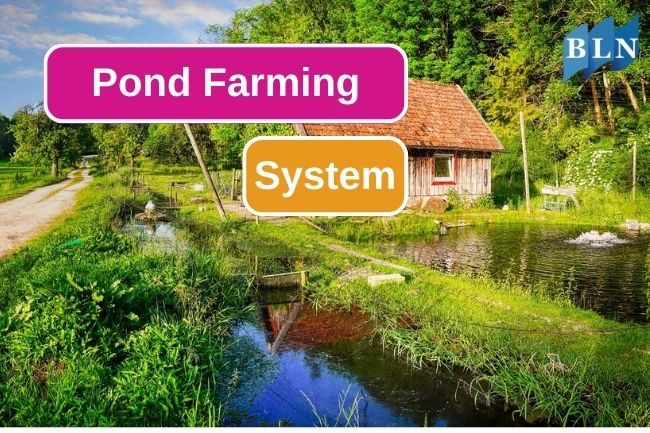Pond Farming System in Aquaculture
By. Nevanda - 14 Jun 2023
lautnusantara.com - Pond farming systems, also known as pond aquaculture or pond culture, are a type of aquaculture method that involves the rearing of fish and other aquatic organisms in artificial or natural ponds. These systems are commonly used for freshwater species and are characterized by their relatively simple infrastructure and low initial investment costs.
Here are some key features and characteristics of pond farming systems:
1. Pond Construction
Ponds used in aquaculture can be natural or man-made. Natural ponds are usually freshwater bodies such as lakes, reservoirs, or wetlands that are modified or managed for aquaculture purposes. Man-made ponds are constructed specifically for fish farming and can vary in size, shape, and depth depending on the species being cultured.
Read also: Here Are How Net Cage Fish Farming Works
2. Water Management
Pond farming systems require careful water management to maintain suitable conditions for fish growth. Water inflow and outflow rates are regulated to maintain optimal water quality parameters such as temperature, dissolved oxygen levels, pH, and nutrient concentrations. Proper aeration systems are often employed to ensure adequate oxygen supply.
3. Stocking
Fish species that are suitable for pond culture are selected based on their growth characteristics, market demand, and environmental suitability. Commonly farmed fish in pond systems include tilapia, carp, catfish, and trout. Fish fry or fingerlings are stocked into the ponds at a recommended density, allowing them enough space to grow and access food resources.
4. Feeding
Pond-raised fish are typically fed a formulated diet consisting of pellets or granules. The feed is provided at regular intervals, and the feeding rate is adjusted based on the fish's growth rate and nutritional requirements. Some ponds also support natural food sources, such as plankton and insects, which contribute to the fish's diet.
Read also: What Is Ocean Acidification And How It Can Happen
5. Water Quality Monitoring
Regular monitoring of water quality parameters is essential in pond farming systems. Water quality parameters such as temperature, dissolved oxygen levels, pH, ammonia, and nitrate concentrations are measured to ensure optimal conditions for fish growth and health. If necessary, appropriate measures are taken to correct any imbalances or issues that may arise.
6. Disease and Predator Management
Pond fish are susceptible to diseases and predation. Disease prevention strategies include maintaining good water quality, providing balanced nutrition, and minimizing stress on the fish. Predator control measures, such as netting or using deterrents, may also be implemented to protect fish stocks.
Fish are harvested from the ponds when they reach the desired size and marketable weight. Harvesting methods can vary depending on the size of the pond and the species being cultured. Common techniques include seine nets, trap nets, or draining the pond partially or completely to facilitate the collection of fish.
Read also: These Are 8 Pelagic Fish Unique Traits








